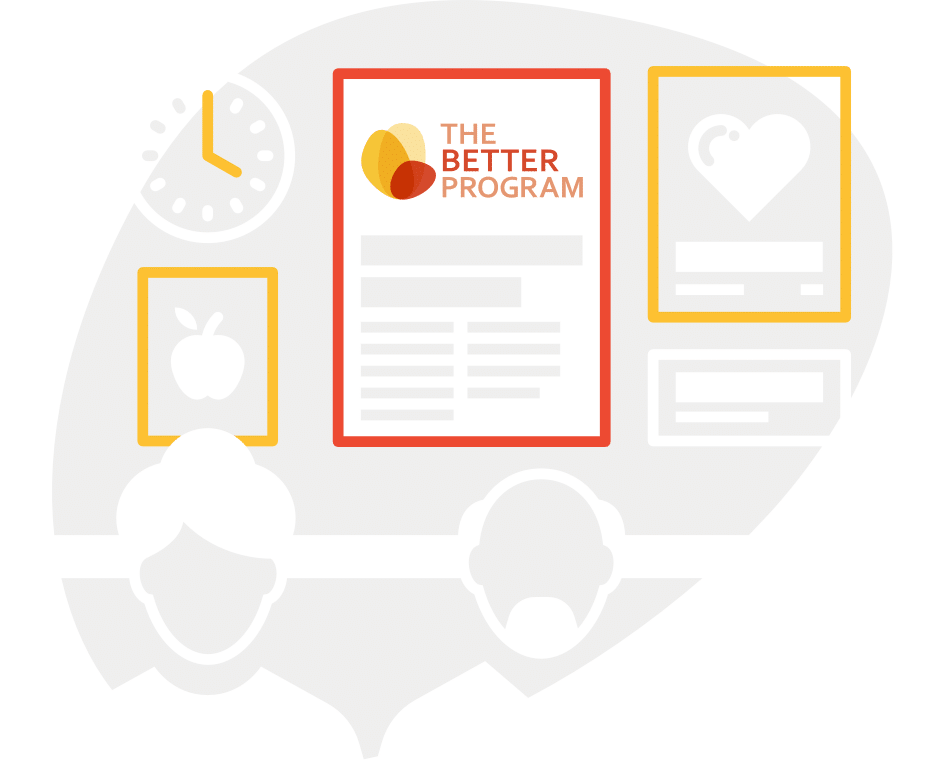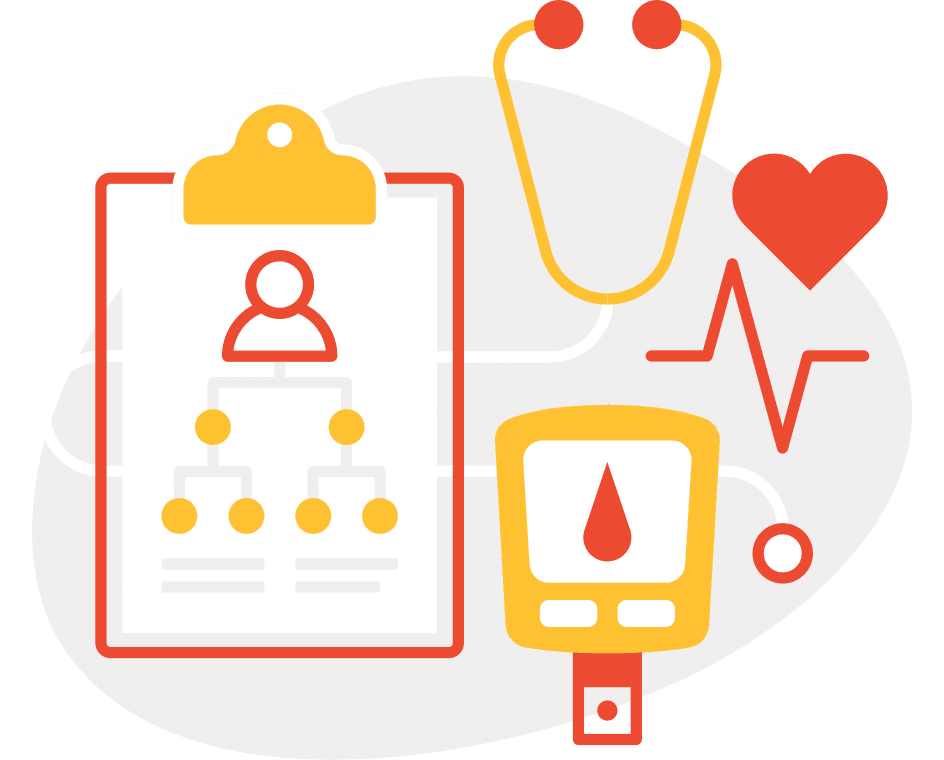Improving the Health of All Canadians
The BETTER Approach is an evidence-based, proactive approach to screening and primary prevention, proven to improve clinical outcomes and aimed at reducing the burden of chronic disease.

What is the BETTER approach?
The BETTER Program is a training process developed for individuals within health practice settings to become experts in chronic disease prevention and screening.
The BETTER approach focuses on prevention and screening of cancer, diabetes, heart disease and associated lifestyle factors (diet, exercise, smoking, and alcohol).
Specifically, the approach identifies a new role in the primary care setting (the BETTER Prevention Practitioner™), which can be taken on by any clinician/allied health professional.
Informed by the BETTER toolkit, the purpose of this skilled role is to work directly with patients to determine which cancer and chronic disease prevention and screening actions they are eligible to receive, and through a process involving shared decision-making and S.M.A.R.T. (specific, measurable, attainable, realistic, time-based) goal setting, develop a unique, personalized “Prevention Prescription” with each patient
The personalized BETTER Prevention Prescription™ is based on blended evidence-based guidelines on prevention/ screening actions specific to the patient’s personal medical history, lifestyle risk factors, and family history. Patients 40 to 69 years of age are targeted, since most chronic disease prevention and screening activities in primary care are applicable to people in this age group.
The overarching aims of the BETTER approach are to improve clinical outcomes, reduce the burden of chronic disease, and improve the sustainability of the healthcare system through improved chronic disease prevention and screening in primary care.
This approach is adaptable and can be integrated into diverse clinical settings.
Our Principles
Personalized
The BETTER approach is tailored to the unique needs and risks of each patient. Patients are empowered to become active participants in their health and make meaningful health goals that are important to them.
Comprehensive
A comprehensive approach that proactively addresses multiple cancers and chronic diseases , not just one single disease, including their root causes – diet, physical activity, smoking, and alcohol.
Collaborative
BETTER provides a framework for healthcare professionals to come together in the shared goal of improving prevention efforts. The approach fully supports the Patient-centred Medical Home Model and the aim is to complement and reinforce the key messages that primary care providers already deliver to their patients.
Adaptable
The BETTER Approach provides a framework to shift from chronic disease management to prevention and screening, which can be adapted into any primary care practice setting without disrupting current workflows.
Integrated Continuity
Improves and supports the continuity of communication between primary care providers, while developing personal relationships between patients and healthcare professionals. Patients are further integrated into their community through linkages to community resources.
The BETTER Program in Practice
BETTER employs a collaborative approach grounded in practice and built from the best available clinical evidence.
Developed by primary care providers for primary care settings, the BETTER approach provides a framework and the tools for a paradigm shift from a siloed, management approach to a personalized, comprehensive, proactive approach to chronic disease prevention and screening that is intended to enhance and facilitate current efforts in primary care.







